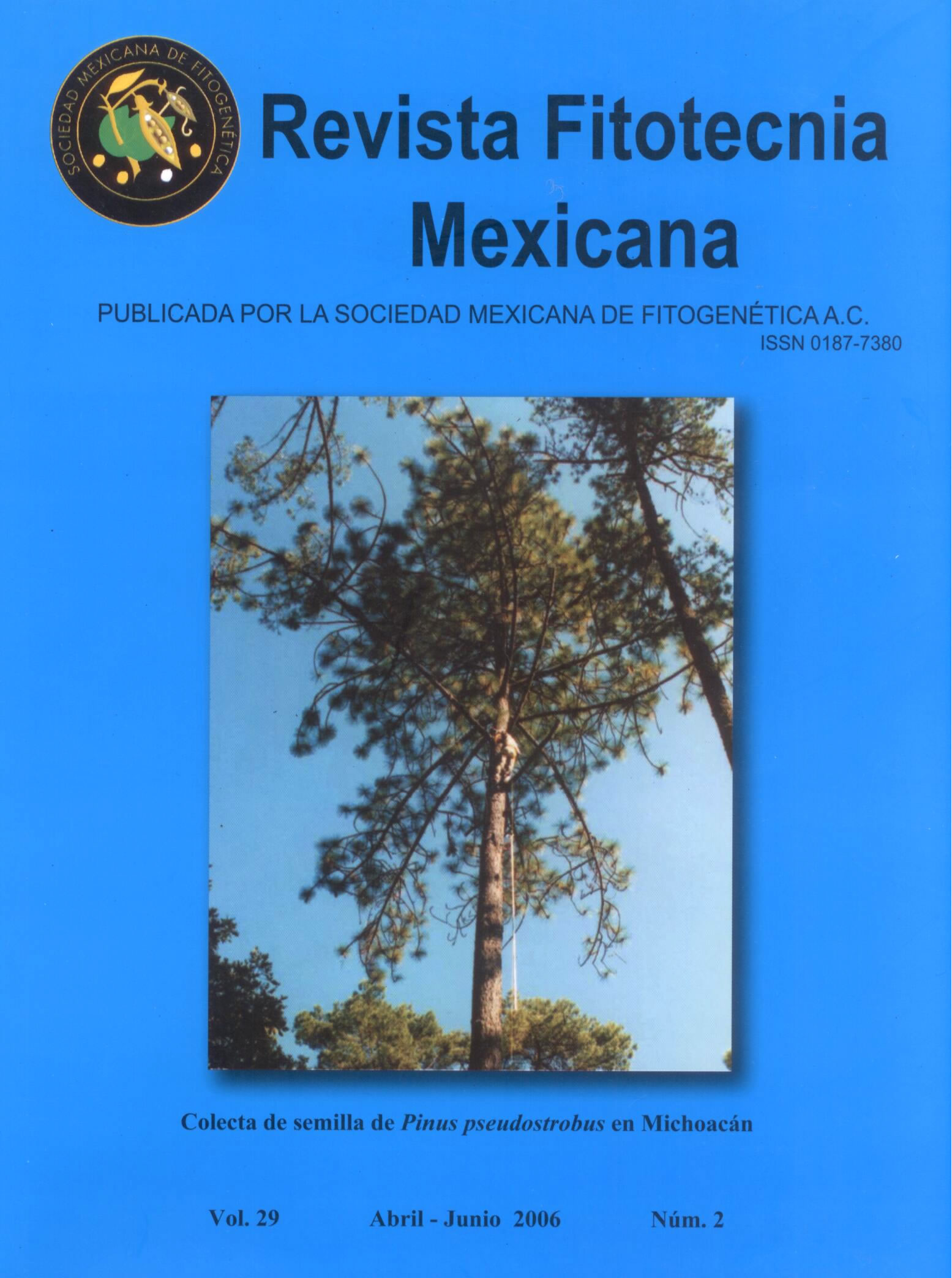THE ULTRASOUND TECHNIQUE FOR PREDICTING WHEAT QUALITY ON SINGLE KERNELS
Main Article Content
Abstract
The development of methods to predict the quality and end-use of wheat has been a necessity for breeders, millers and bread makers. In this study, the use of individual kernels of wheat (Triticum ssp.) was investigated with ultrasound technique as a predictive method for the classification of wheat quality. Forty-five wheat samples from the Mexican harvest of 2003 were evaluated. The ultrasound signal traveled fastest through durum or crystalline wheat grains, followed by grains of bread wheat, and finally soft wheat. The polynomial equation which gave best fit among the parameters of wheat kernels (ash content, falling number, microsedimentation and protein content) and ultrasonic velocity, was a second degree model except for test weight in which the model was linear. The flour variables, such as flour yield, falling number, sedimentation and pasting temperature, were linearly related to ultrasonic velocity. Also, most of the rheological data from the alveograph and farinograph were linearly related to ultrasonic velocity. For the same type of wheat, it was observed that as the kernel hardness increased they tended to have a higher ultrasonic velocity, which represents better quality. Therefore, this study suggest that the measurement of ultrasonic velocity in individual kernels may be used to predict bread volume as well as to quickly evaluate the quality of wheat in a non-destructive way.

